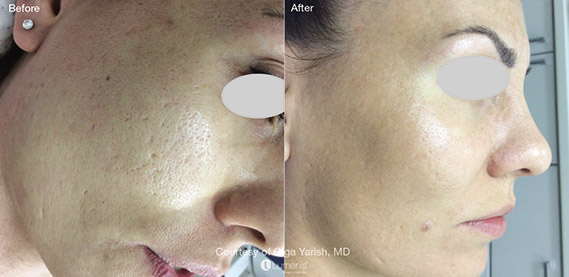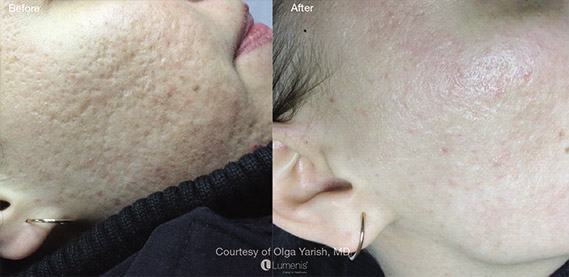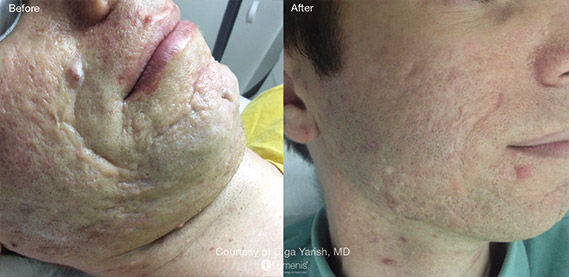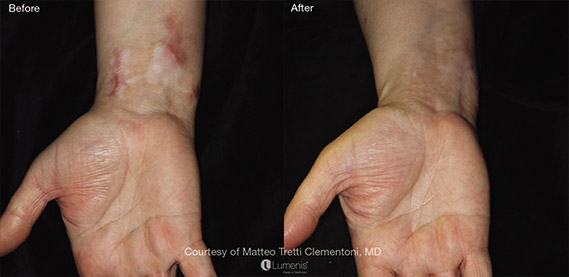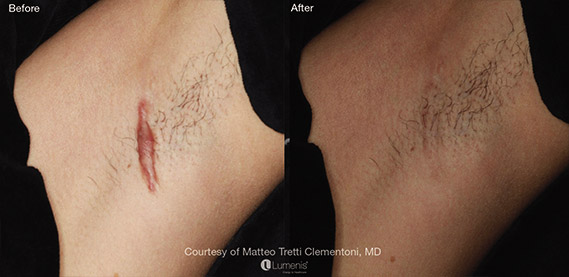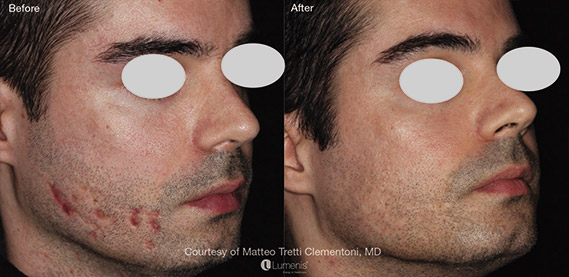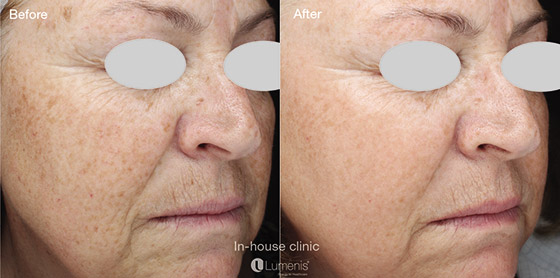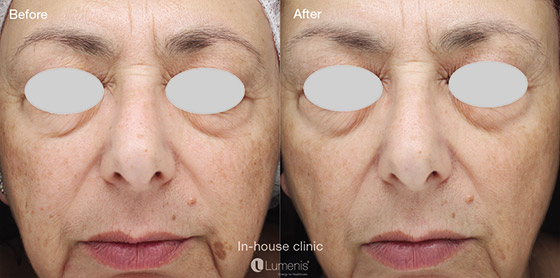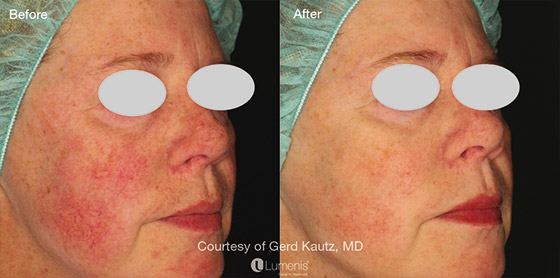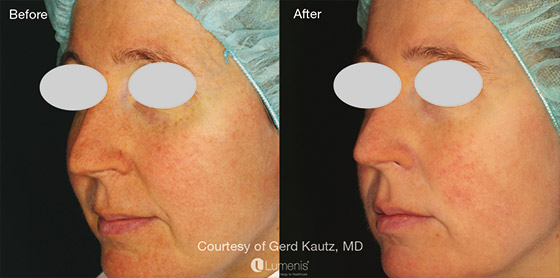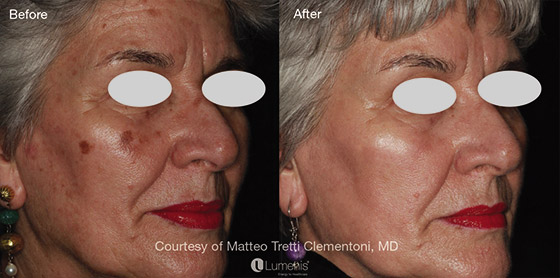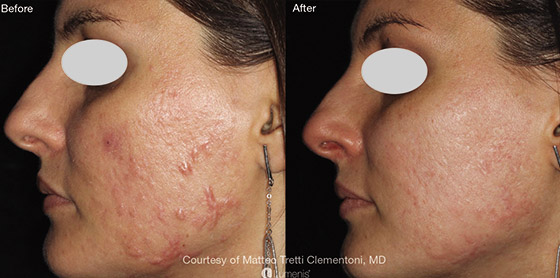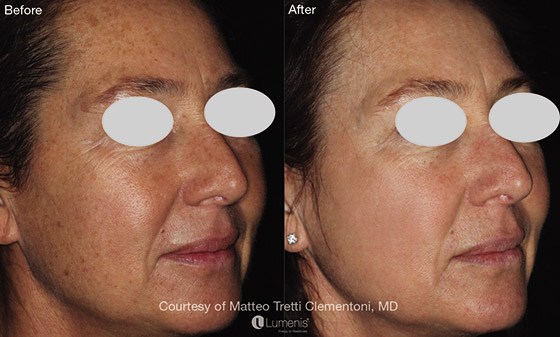Nonablative Fractional Laser
A great option for crepey skin.
Facial ageing is a multifaceted, multifactorial process involving increased pigmentation, vascularity, rhytids as well as reduced dermal and subdermal volume and orbital hollowness. For rhytids and dermal volume infrared wavelength lasers have been found to be quite useful.
Laser technology uses a monochromatic, monophasic, coherent light to achieve clinical end points via a variety of light-tissue interactions, depending on the laser used. Infrared lasers penetrate the surface of the skin to affect the dermal layer. Non-Ablative lasers achieve their end points without destroying the surface epithelium. They induce new collagen formation and subsequent tightening of the skin, with gradual and long-lasting effects. There is shorter downtime and fewer side effects compared with older ablative technology. This treatment modality may be used to treat a range of conditions including surgical scarring, static wrinkles and acne scarring.
Topical anaesthetic cream is applied 1 hour before each treatment session. A cooled laser head further improves comfort. Non ablative fractional laser (NAFL) is applied to the skin after adjustment of density and fluence, carefully monitoring the reaction of the skin to the laser. Following the procedure further cooling is applied, together with sunscreen. With peri ocular NAFL rejuvenation, corneal eye shields are placed on the eye for protection before proceeding with the therapy. Patients must stay out of direct sunlight for a minimum of 2 weeks. Redness may last 2 days and downtime is minimal. There is a lot of patient variability with regards to the length of downtime. Ideally, 3-5 sessions are required for maximum improvement and the patient with continue to see improvements up to 6 months after treatment. The ageing process continues and so we recommend maintenance therapy. Combining IPL photorejuvenation and NAFL will target pigmentation, vasculature and fine wrinkles, for a more holistic improvement in the appearance of the face. This is Photo-fractional laser treatment.
Erythema, swelling and heat follow every session and the skin remains inflamed for a few days post procedure. There is patient variability here. Some patients may experience post inflammatory hyperpigmentation, and this may take months to resolve. Scarring and hypopigmentation may also occur and may be permanent. Ideally, 3 sessions are required in the first instance, with maintenance therapy recommended.
Before and after multiple sessions
